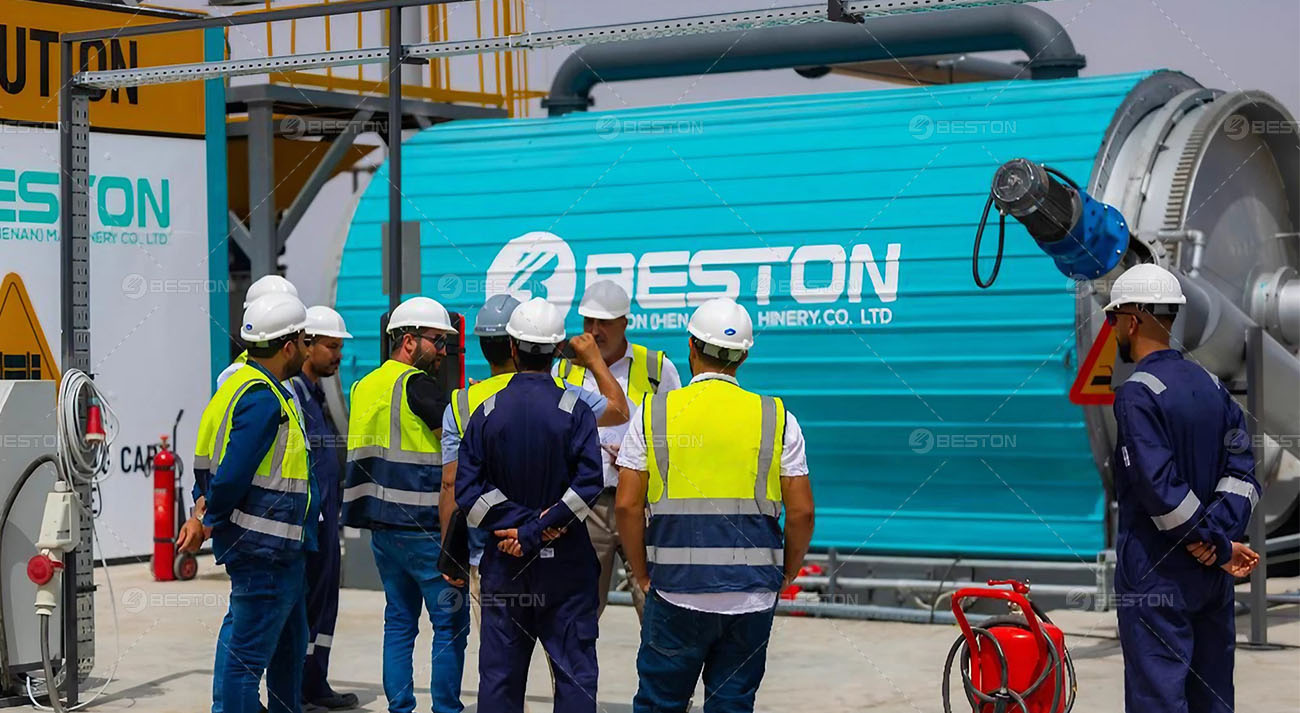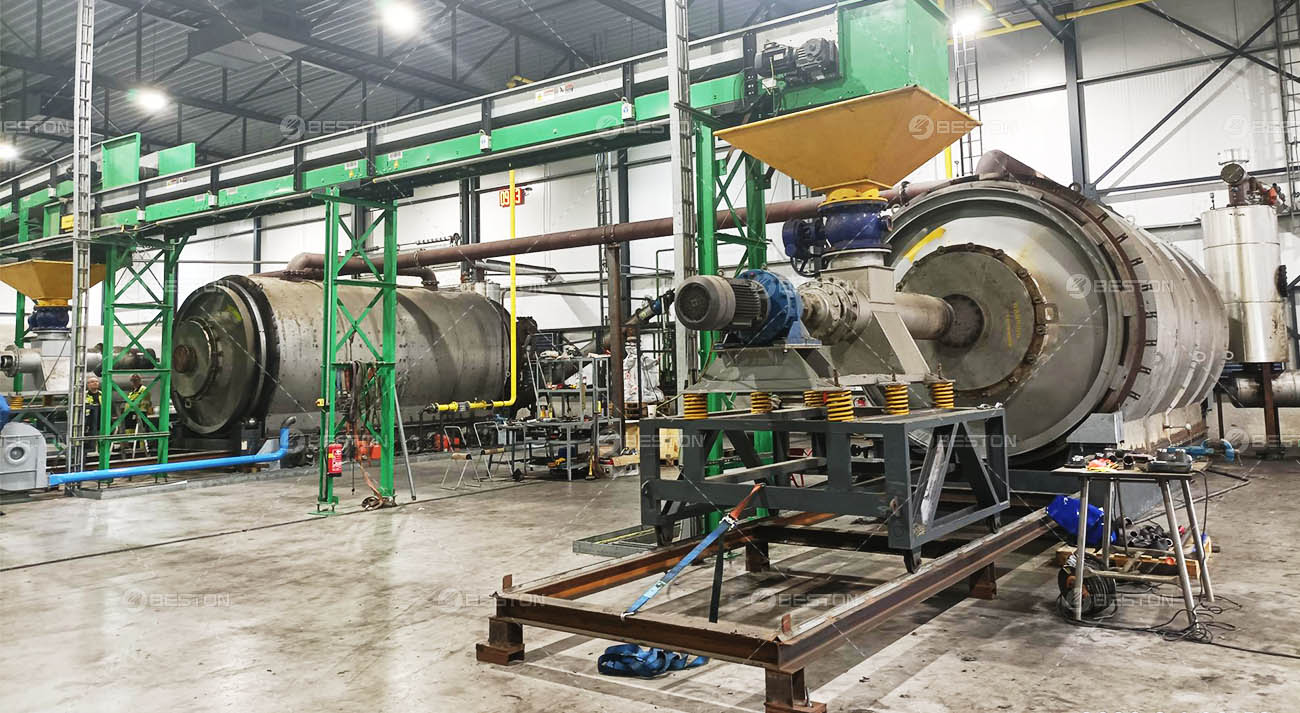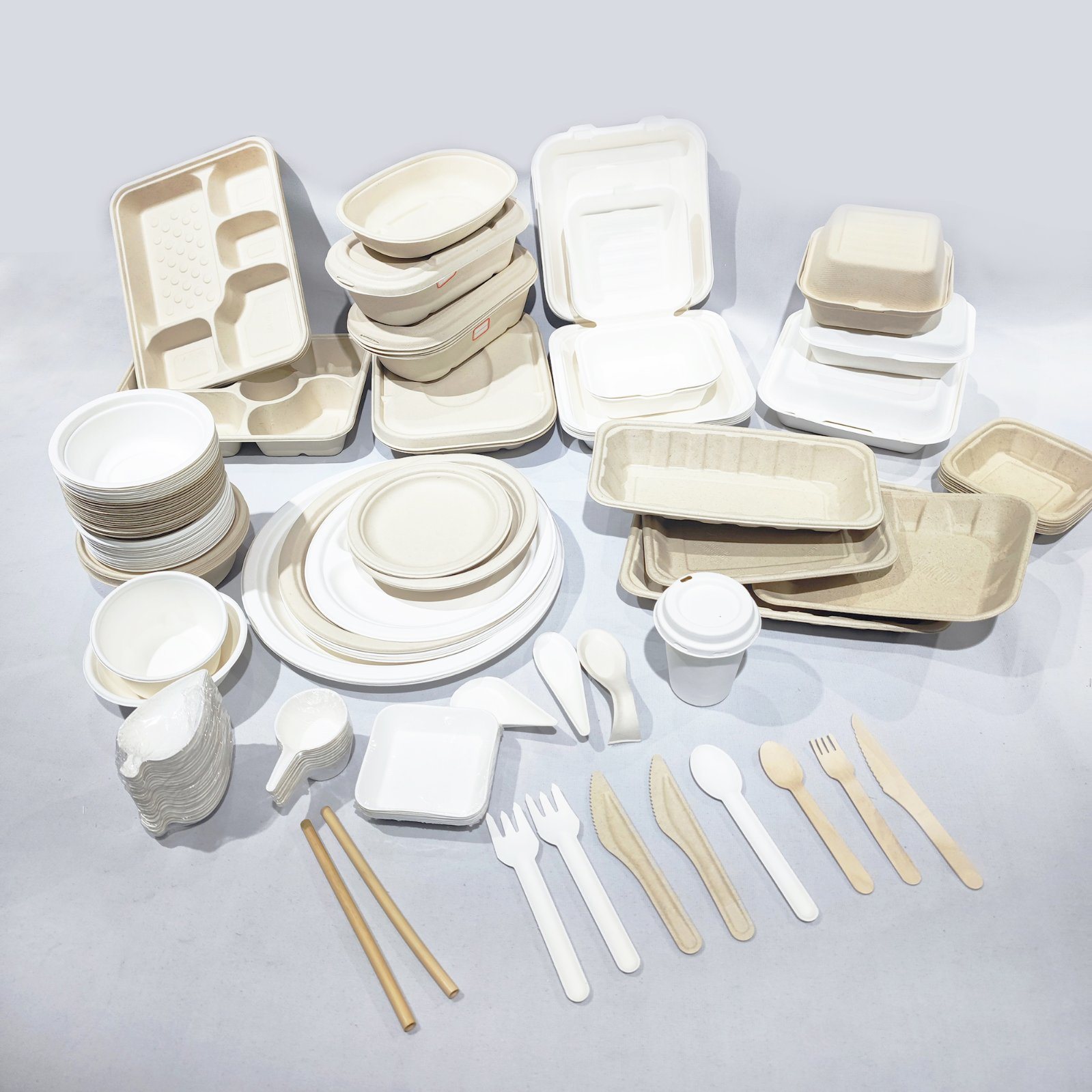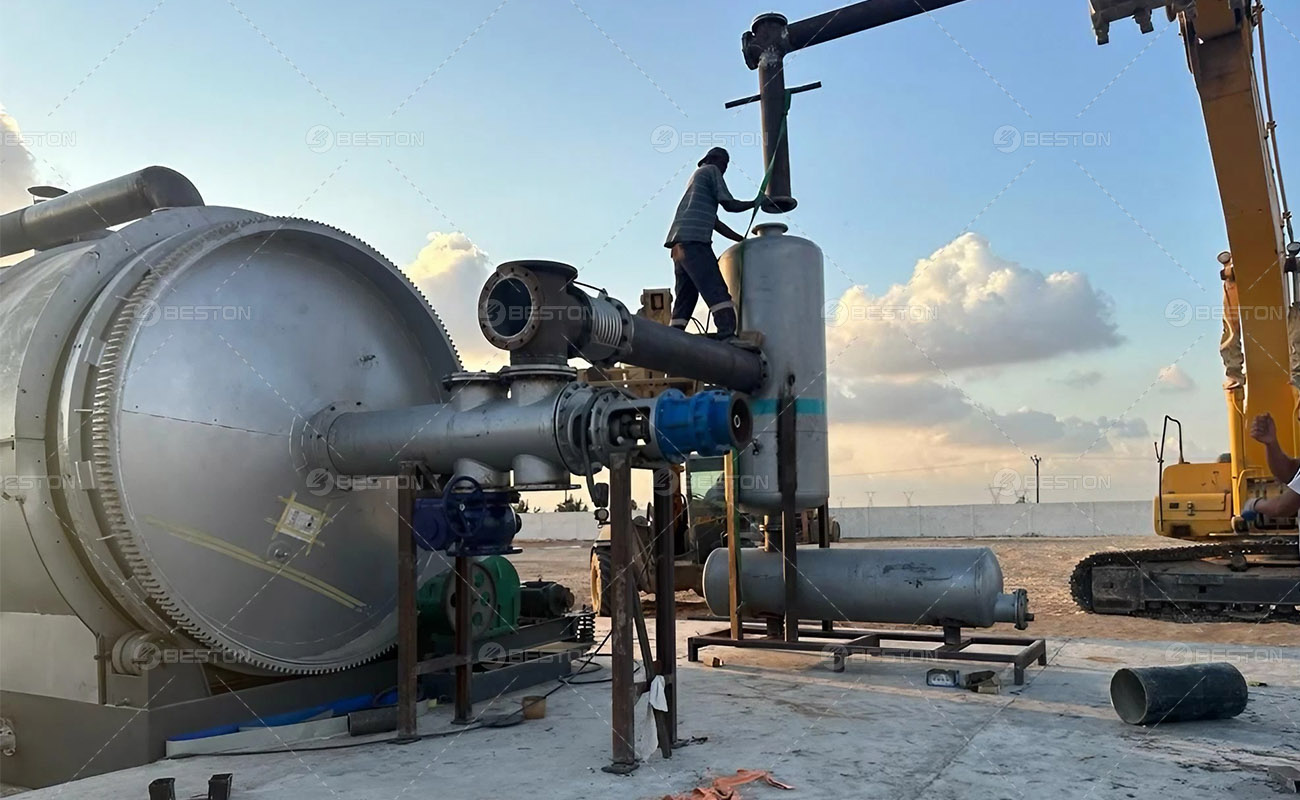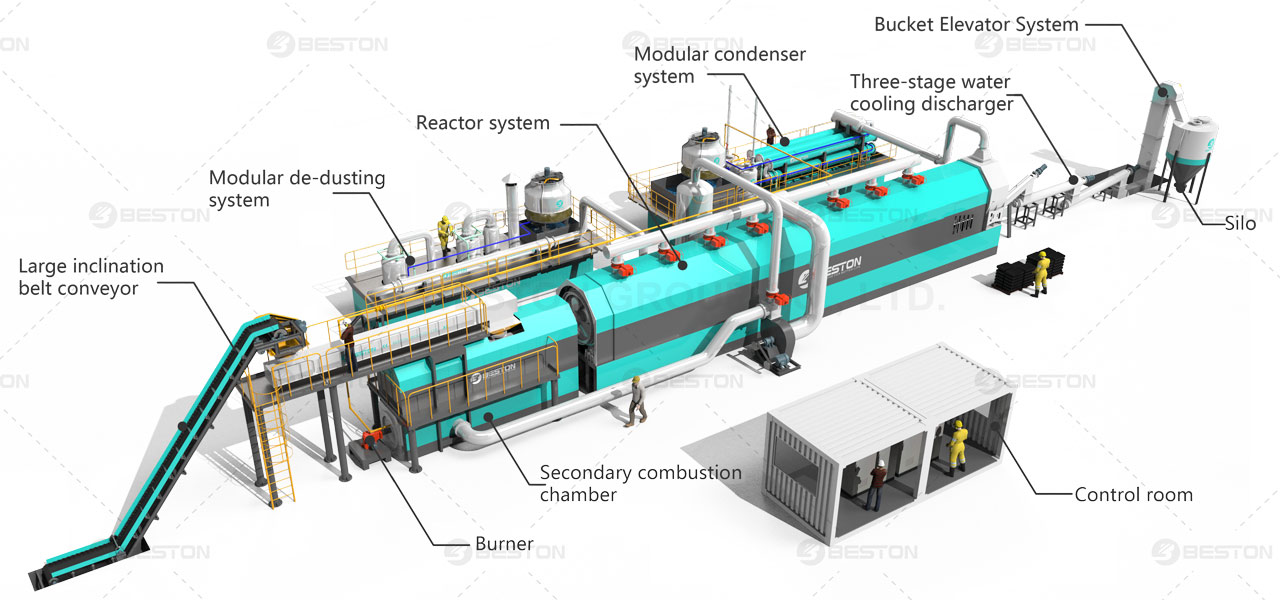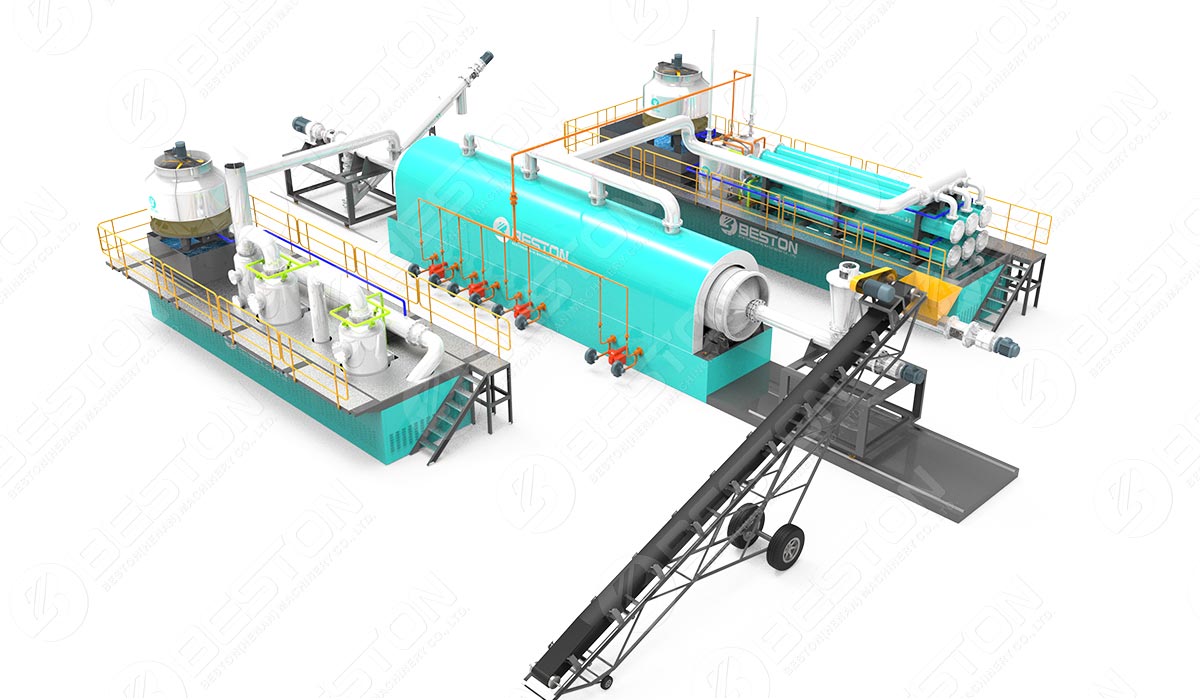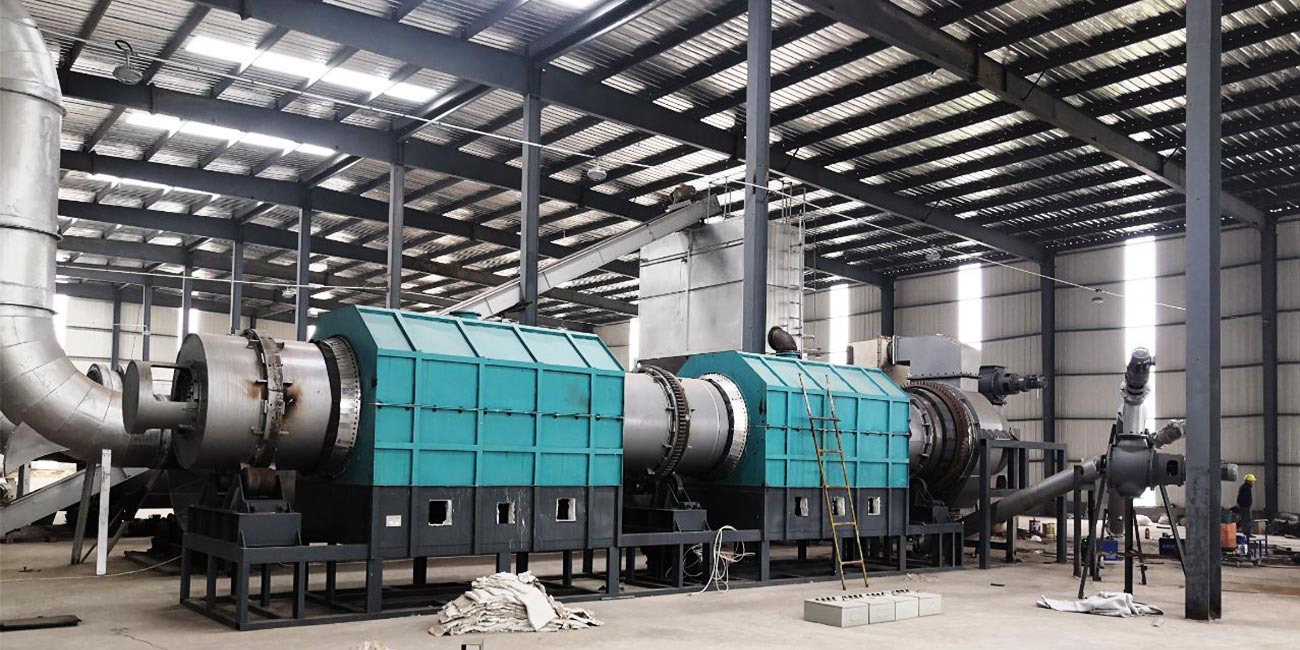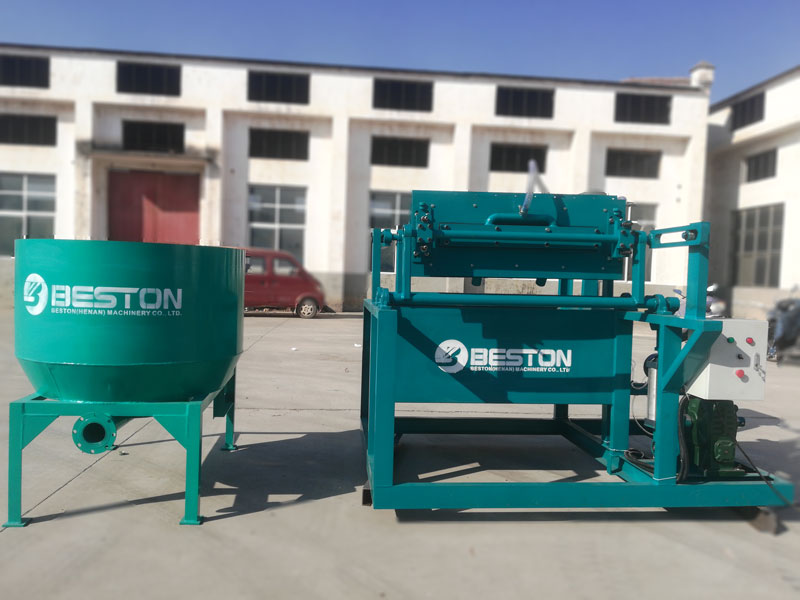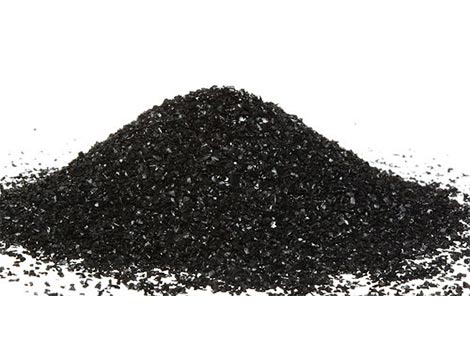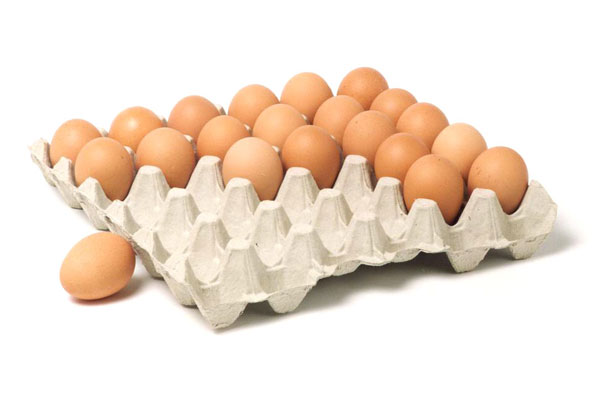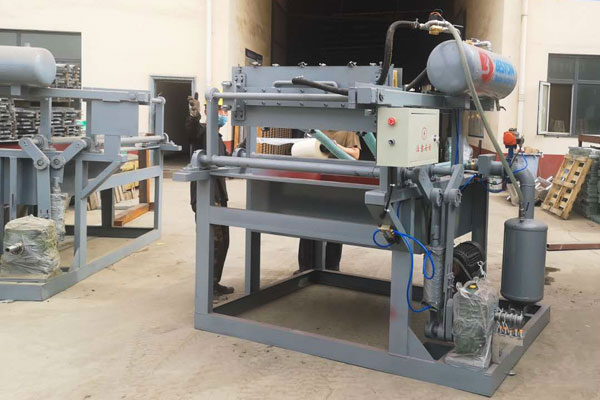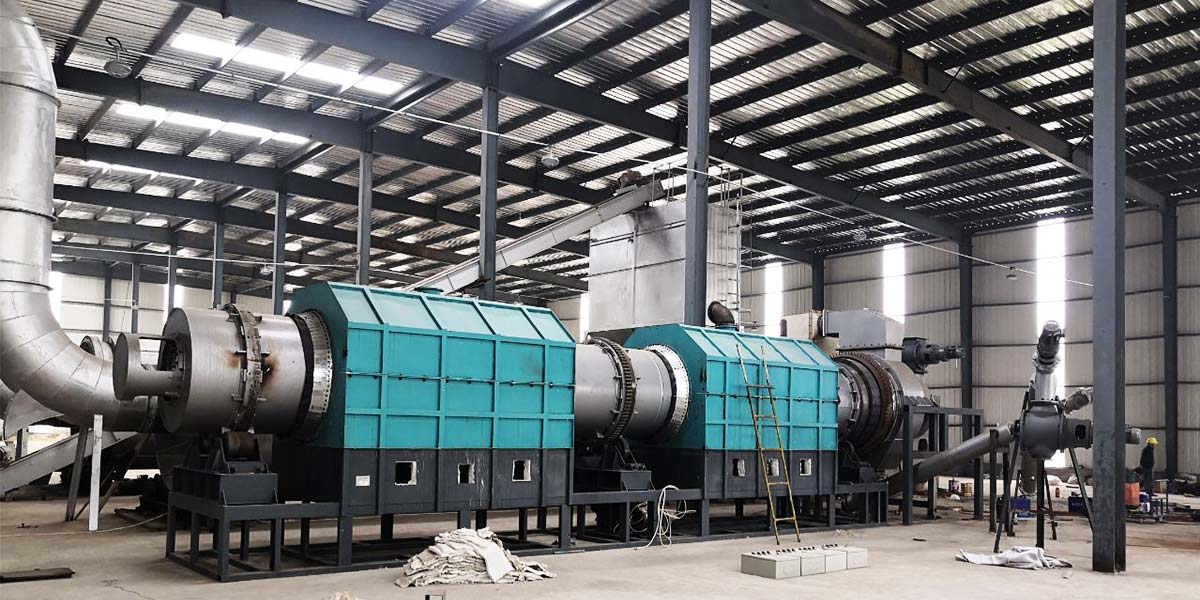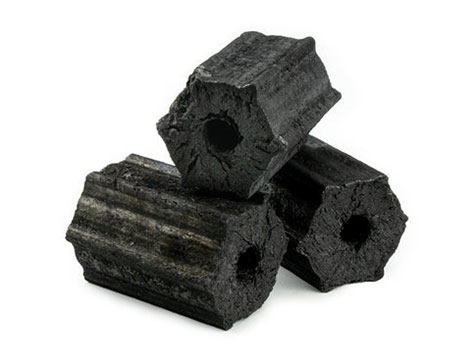Plastic pollution has become a global environmental crisis, with devastating impacts on ecosystems, marine life, and human health. Traditional plastic management methods, including recycling and landfilling, often fall short of addressing the magnitude of the issue. Enter pyrolysis, a revolutionary technology that offers a promising solution to the plastic problem. In this comprehensive exploration, we delve into the rise of plastic pyrolysis machine as a key player in eco-friendly plastic management, examining its principles, applications, and the transformative impact it could have on our approach to plastic waste.
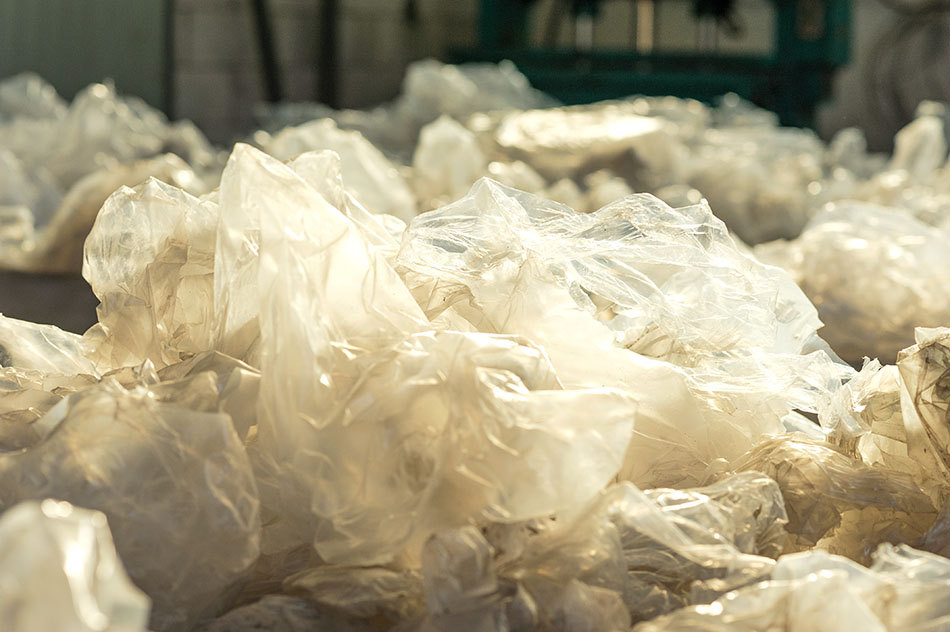
Plastic Pyrolysis Processes
The Plastic Predicament:
Plastics, once hailed for their versatility and convenience, have become one of the most pressing environmental challenges of our time. Single-use plastics, in particular, contribute to pollution across land and sea, with long-lasting consequences for ecosystems and biodiversity. Traditional disposal methods, such as landfilling and incineration, contribute to environmental degradation and fail to address the root issue of plastic waste.
Pyrolysis: A Sustainable Solution:
Principles of Pyrolysis:
Pyrolysis is a thermal degradation process that breaks down organic materials, including plastics, in the absence of oxygen. This controlled heating at high temperatures transforms complex polymers into valuable byproducts such as oil, gas, and char. The absence of oxygen prevents the combustion of plastics, reducing harmful emissions.
Types of Plastics Suitable for Pyrolysis:
Plastic to fuel machine for sale is versatile and can be applied to various types of plastics, including polyethylene (PE), polypropylene (PP), polystyrene (PS), and polyethylene terephthalate (PET). This adaptability makes pyrolysis a comprehensive solution for managing diverse plastic waste streams.
The Rise of Pyrolysis in Plastic Management:
Waste-to-Energy Conversion:
Pyrolysis presents a unique opportunity to convert plastic waste into energy. The resulting pyrolysis oil and gas can be harnessed for electricity generation or as a feedstock for various industrial processes, reducing the reliance on fossil fuels and contributing to a more sustainable energy landscape.
Resource Recovery:
Unlike traditional disposal methods that often lead to the loss of valuable resources, pyrolysis enables the recovery of materials from plastic waste. The pyrolysis process yields useful products, including hydrocarbon-based fuels, waxes, and carbon black, fostering a circular economy approach to plastic management.
Reduced Environmental Impact:
Pyrolysis significantly reduces the environmental impact of plastic waste management. By avoiding the release of toxic gases associated with incineration and preventing plastics from entering landfills, pyrolysis addresses both air and soil pollution, contributing to overall environmental sustainability.
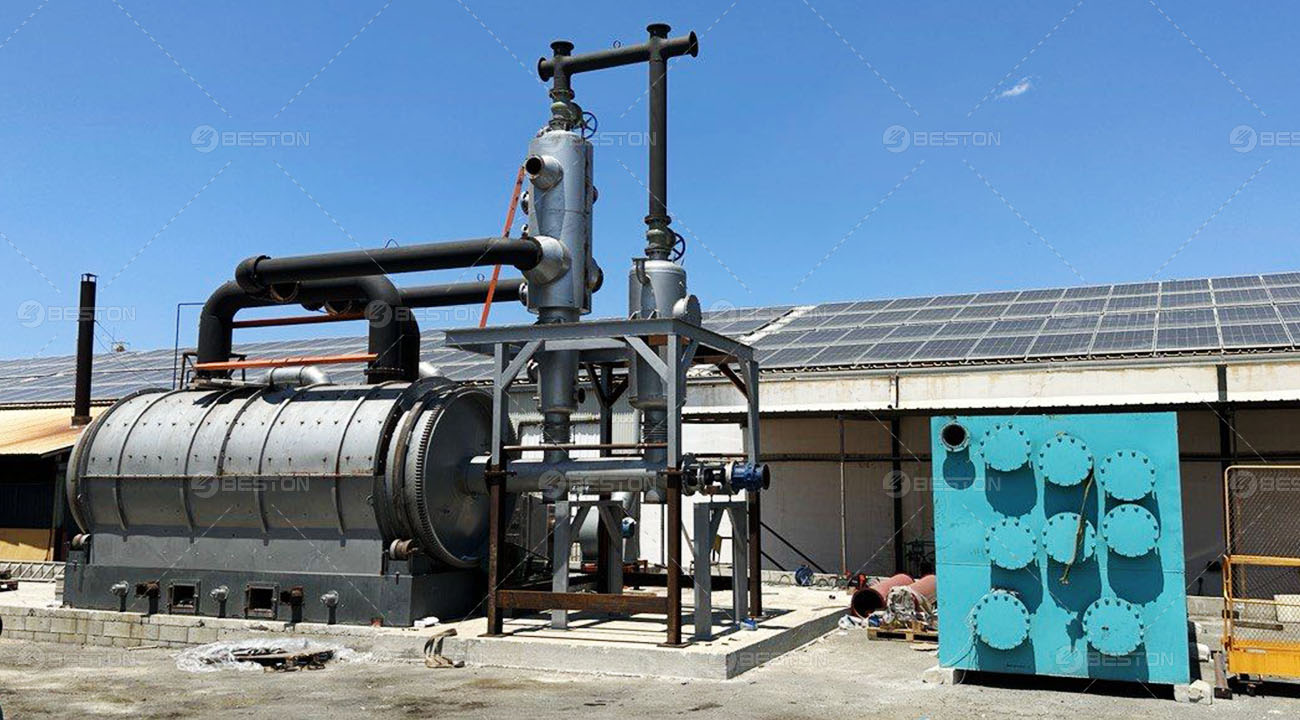
Pyrolysis Technologies:
Batch Pyrolysis Systems:
Early pyrolysis technologies operated on a batch basis, processing limited quantities of plastic waste at a time. While effective, these systems had limitations in terms of scalability and continuous operation.
Continuous Pyrolysis Systems:
The evolution of pyrolysis technology led to the development of continuous systems. These operate seamlessly, allowing for the constant input of plastic waste and a continuous output of valuable byproducts. Continuous pyrolysis systems are more efficient, economically viable, and scalable, making them a preferred choice for large-scale plastic management.
Environmental Benefits of Pyrolysis in Plastic Management:
Greenhouse Gas Reduction:
By converting plastic waste into useful products through pyrolysis, the release of greenhouse gases from traditional disposal methods is significantly reduced. This aligns with global efforts to mitigate climate change by minimizing emissions and promoting a circular economy.
Landfill Reduction:
Pyrolysis contributes to reducing the burden on landfills by diverting plastic waste from these disposal sites. The efficient conversion of plastics into valuable resources mitigates the need for expansive landfills, preserving valuable land and preventing soil and groundwater contamination.
Energy Efficiency:
The energy recovered from plastic to oil machine for sale can be utilized in various applications, contributing to energy independence and reducing the overall carbon footprint. This energy efficiency aspect makes pyrolysis not only a waste management solution but also an energy recovery strategy.
Challenges and Solutions:
Technological Advancements:
Ongoing research and development are essential for overcoming challenges in pyrolysis technology, such as improving the efficiency of the process, enhancing product quality, and developing more effective catalysts.
Cost Considerations:
The initial investment in pyrolysis plants can be substantial. However, as technology advances and economies of scale come into play, the cost of pyrolysis is expected to decrease, making it a more economically viable option for widespread adoption.
Case Studies: Pioneering the Pyrolysis Path
Plastic Energy’s Advanced Pyrolysis Technology:
Plastic Energy, a leader in chemical recycling, has developed an advanced pyrolysis technology that efficiently converts plastic waste into valuable hydrocarbon products. Their scalable and continuous pyrolysis systems are making significant strides in closing the loop on plastic waste.
Recycling Technologies: A Modular Approach:
Recycling Technologies has introduced a modular and scalable pyrolysis solution known as the RT7000. This innovative technology allows for the decentralized deployment of pyrolysis units, bringing plastic management closer to the source of waste generation.
Future Prospects: Pyrolysis as a Pillar of Sustainable Plastic Management
As global awareness of the plastic crisis grows, the role of pyrolysis in plastic management is poised to expand. Innovations in pyrolysis technology, coupled with supportive policy frameworks and increasing corporate responsibility, can position pyrolysis as a cornerstone of eco-friendly plastic management.
Conclusion:
The rise of pyrolysis in plastic management represents a beacon of hope in the battle against plastic pollution. With its ability to convert plastic waste into valuable resources, reduce environmental impact, and contribute to a circular economy, pyrolysis stands as a transformative force. As technology advances, costs decrease, and awareness increases, the potential for pyrolysis to revolutionize the way we manage plastic waste is undeniable. Embracing the rise of pyrolysis is not just a solution to a problem but a step towards a sustainable and harmonious coexistence with our planet.
